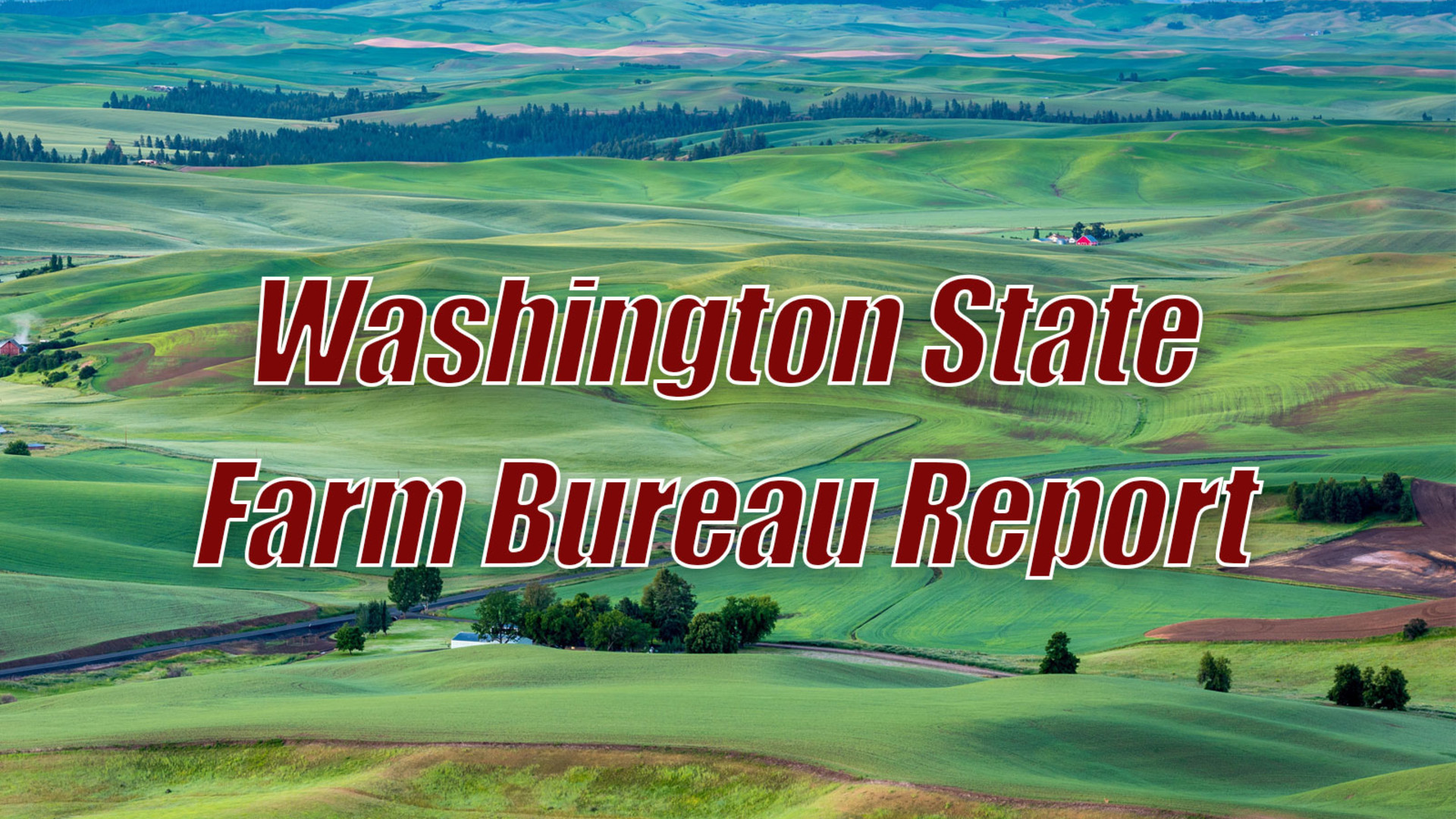Direct Seed and No-Till Technology & Loan Programs
Direct Seed and No-Till Technology & Loan ProgramsI'm Lacy Gray with Washington Ag Today.
Jim Armstrong with the Spokane Conservation District says that technique and technology have improved considerably since no-till first came on the scene in the Palouse in 1969 when the equipment was heavy and there were issues with disease and crop failures because growers didn't know how to use it.
ARMSTRONG: Research done at Washington State University and the University of Idaho found that there were some things that we needed to change in the methodology of farming in order to make no-till work. It works, it's not something that it works on that farm and not on mine - it will work everywhere and that's been proven.
Armstrong says one of the barriers for growers who want to adopt no-till has been the cost of new equipment.
ARMSTRONG: And one of the things the Conservation District did starting in 1995 was provide a low interest loan program for farmers to switch to no-till and direct seed. To date we've put out probably about $25 million. This is money that comes from the EPA through the Department of Ecology and then to the Conservation District. We borrow that money, we loan it out to the farmers and then we pay Ecology back. It's probably one of the best conservation systems ever applied anywhere in the United States in that the money goes out, we turn it over several times, pay it back to Ecology to get all that conservation paid for on the ground and the taxpayers get their money back with interest. That's the type of thing that again is sustainable. And we want the system supporting agriculture to be just as sustainable as the agriculture itself.
Most of the counties in eastern Washington are now under a direct seed loan program. For more information contact your local conservation district.
That's Washington Ag Today.
I'm Lacy Gray on the Ag Information Network.
















